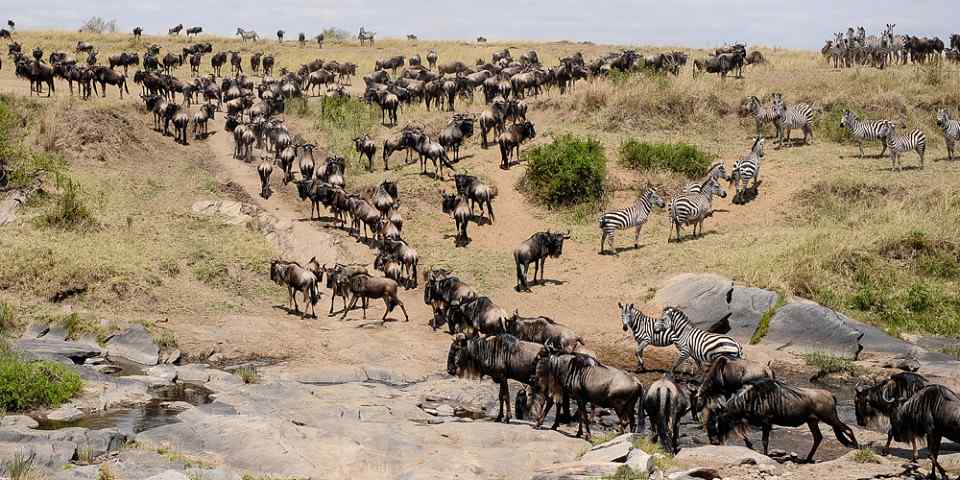
Safari Tours to Aberdare NP
-
![10-Day Luxury Safari in-Lake Nakuru-Masai Mara-Amboseli]()
10-Day Luxury Safari in-Lake Nakuru-Masai Mara-Amboseli
$3,373 to $3,850 pp (USD)
Kenya: Private tourLuxuryLodge & Tented Camp
You Visit: Nairobi (Start), Aberdare NP, Samburu NR, Lake Nakuru NP, Lake Naivasha (Naivasha), Masai Mara NR, Amboseli NP, Nairobi (End)

Live In Love Kenya Tours And Travel
5.0/5 – 29 Reviews
-
![7-Day Off the Beaten Path - Luxury]()
7-Day Off the Beaten Path - Luxury
$2,750 to $3,190 pp (USD)
Kenya: Private tourLuxuryLodge & Tented Camp
You Visit: Nairobi (Start), Masai Mara NR, Lake Nakuru NP, Aberdare NP, Samburu NR, Nairobi (End)

Spirit of Kenya
5.0/5 – 558 Reviews
-
![10-Day Magical Kenya Safari Experience]()
10-Day Magical Kenya Safari Experience
$2,939 to $4,148 pp (USD)
Kenya: Private tour
Mid-range Lodge & Tented CampYou Visit: Nairobi (Start), Aberdare NP, Sweetwaters (Chimp Sanctuary), Lake Nakuru NP, Masai Mara NR, Lake Naivasha (Naivasha), Amboseli NP, Nairobi (End)

Kameraz of Afrika
4.6/5 – 121 Reviews

 Kenya Parks
Kenya Parks









